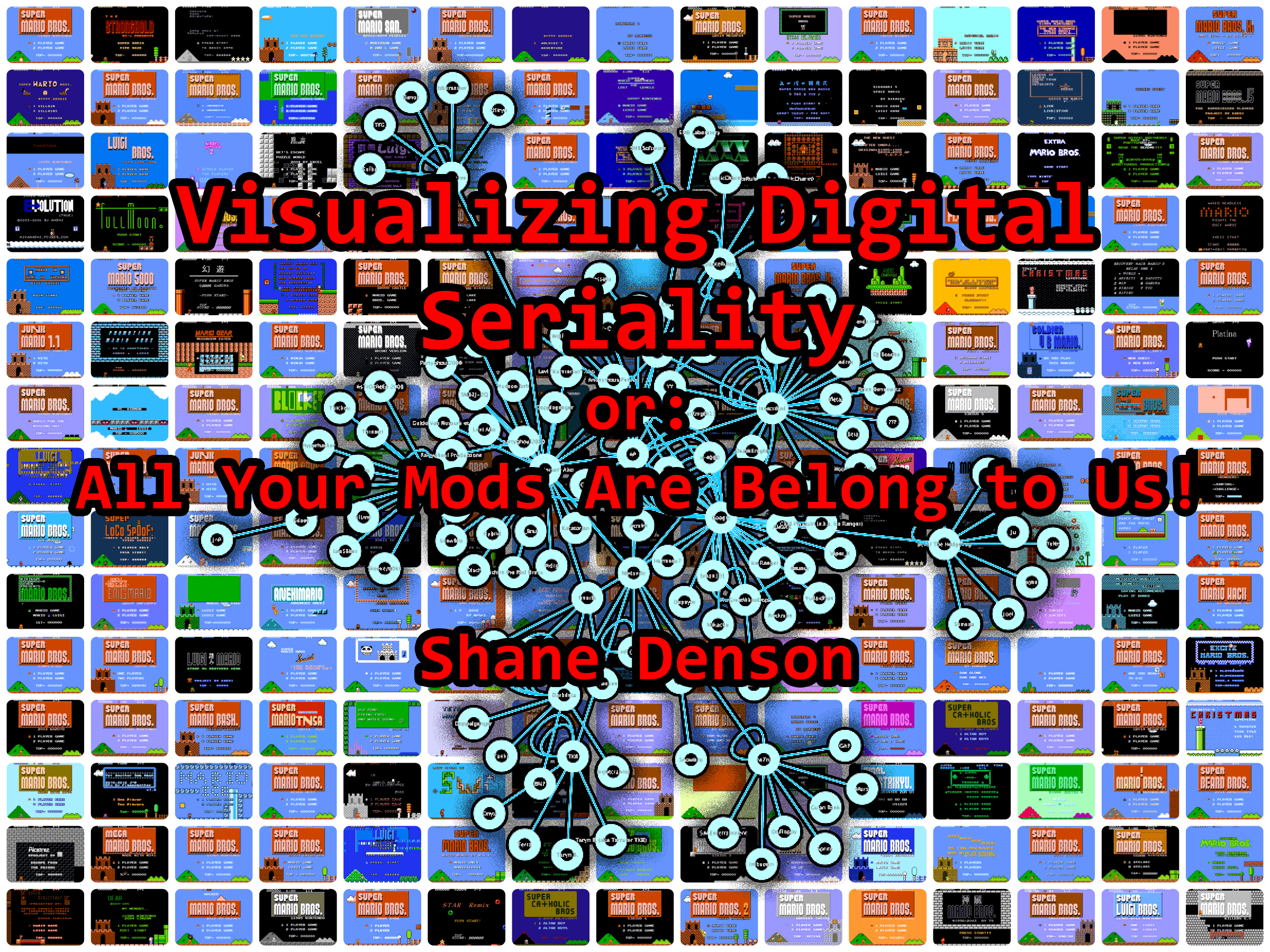
Conclusion
This webtext has sought to demonstrate the need for digital methods in research on digital culture, especially with reference to serialization processes in digital games and gaming communities. This argument is continued, in a different register, in the Tools section, where readers/users are invited to experiment further with the tools developed and to explore the data assembled here; these instruments constitute an extension of the argument in the sense not only that they open the methods behind my argumentation to further scrutiny, but also in the sense that they articulate the possibility for an operational understanding of the connections between computation and culture, code and community.
Besides this broader, open-ended (and ultimately open-sourced) purpose, this webtext has pursued a number of more specific arguments that I would like to highlight here by way of conclusion:
1) The section Seriality Studies and the Digital Humanities argued that emerging research in seriality studies calls out for digital methods, including visualization and distant reading techniques, that are capable of assessing the variation and repetition constitutive of serialized media cultures, especially since the latter often comprise rapidly proliferating branching lines and forking paths authored by collaboratives of producers and recipients engaged with one another in ongoing feedback loops.
2) The section Digital Seriality refined this point with respect to the specific hierarchy of computational and cultural levels involved in digital games and gaming communities. Serialization was shown to take place at the various levels of inter-ludic, intra-ludic, para-ludic, and infra-ludic serialities. The latter, in particular, identifies a point of intersection and inter-folding of code and community, thus pointing to the continuation and differentiation of serialization practices in the digital age.
3) My case study, Correlating Code and Community on ROMhacking.net, turned to a popular modding/hacking website as a hub in a larger, globally dispersed community that articulates itself serially through an ongoing engagement with code. Looking particularly at the community's engagement with Super Mario Bros., I demonstrated the inter-folding of code and community in the interplay between interfaces, inter-texts, hexcodes, and infra-texts. More centrally still, this exploration demonstrated the need for digital tools, and the need to design new digital tools, for the purposes of such research.
Accordingly, it can be stated more generally that the research methods are not incidental to the argumentation outlined above, but they are in many ways the actual objects of rhetorical design. The particular strategies of visualization and distant reading pursued here carry not only the burden of articulating a persuasive case for my conclusions about digital seriality; they are furthermore responsible for making certain questions and heuristics and theoretical perspectives visible or executable in the first place.
This is another way of saying, finally, that the process of discovery and exploration outlined in this webtext's main narrative is merely one contingent route by which an operational understanding of the connections between computation and culture, code and community might be actualized. It is my hope that readers will pursue others with the instruments provided in the Tools section.